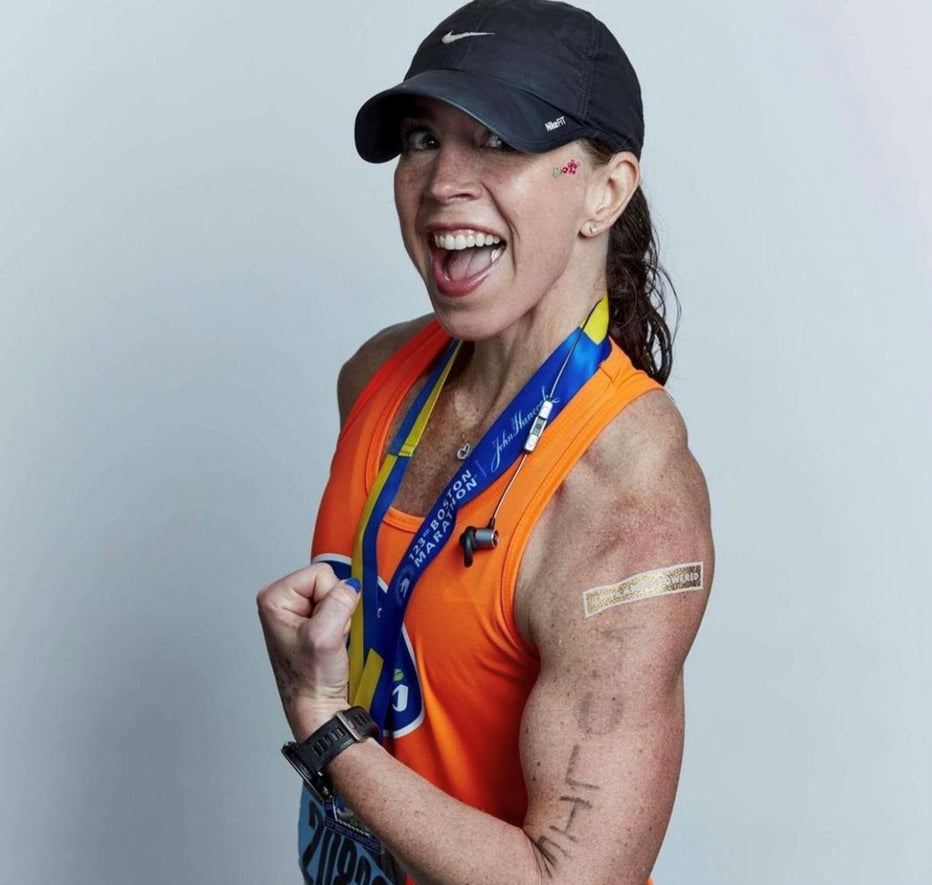Day in and day out you lace up, pounding the pavement with passion and determination. There is no feeling quite like the accomplishment of an intense track session or long run, when you nailed paces and feel like you gave it your all. The open road is a second home to runners and the thought of missing a workout makes a runner cringe, much less taking time off! I used to think rest was a 4-letter word, synonymous with weak. If I just pushed through, ran faster, ran harder, surely I would become a better runner? Little did I know that the “grind” mentality was the impediment to my growth and a surefire way to get an invitation to the injured runners club.
I started running in 2011, after a serious life disappointment left me lacking motivation. I needed to do something different. After training for and running the Portland Marathon, something that I previously thought was impossible, I was hooked! Running officially had my heart. Fast forward to 2017, I had run several half marathons and marathons. Around this time, I ran my first BQ and experienced my first injury--one that would plague me off and on for years and ultimately require an extended period sidelined.
What happened? In my efforts to become a better runner, I failed to realize that outside of running is actually where the body recovers and grows, provided you give it what it needs. I did not recognize the value in rest and recovery, in fact, it is just as important as the “work”. You see, intense workouts, whether speed sessions, long runs, or strength training, place a tremendous amount of stress on the body. Not just muscles are affected, but also the ligaments, tendons, joints, and even your immune function. Couple the physical stress from training with regular life stressors and inadequate rest, you will be given a fast pass to pain.
What I wish I would have known back then was how important recovery is to any successful training program. Recovery is an intentional action taken to maximize the body’s ability to repair. It is multifaceted and includes things like hydration, nutrition, posture, stretching, massage (I like using Hyland’s Muscle Therapy Gel, too), compression, foam rolling, easy movement, step back weeks, and any activity that creates an environment conducive to growth and preparation.
Recovery also includes rest: time spent sleeping, yes, but also just time spent not training. Rest allows your mind, body, and spirit to reset, and absent of adequate rest, the body will start to decompensate.
Recovery is the secret sauce to help any runner maximize performance. Now that I better understand it’s value, I am no longer tempted to forgo rest days, slower paces, or cross training. The point is to use recovery as a tool to allow my body to heal from the intense demands of training. I want to run with strength, and with respect for what my body can do when I treat it well.
By Julie Hinson, Hyland's Powered Ambassador
